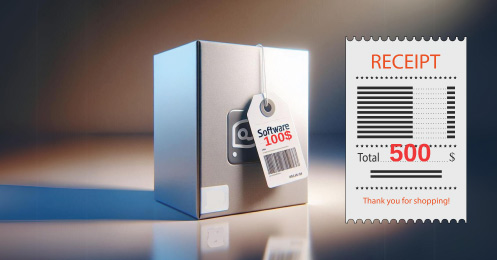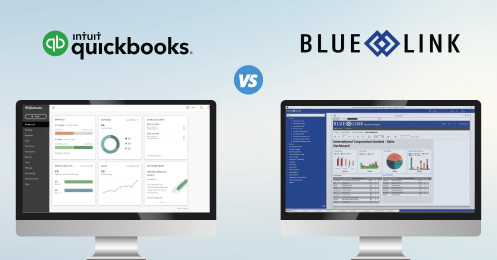The story you're about to read is true. Only names (people and company) have been changed, to protect innocent people involved.
Frank Stein is the CEO of MonsterWSD Inc. - a fourth generation family business distributing food related equipment and supplies in a large metropolitan area. Frank is mindful of the importance of gross margin to his business. [Gross margin is the difference between what you sell an inventory item for, and the true cost to your business of acquiring that item and having it in a saleable state.] Most other costs are fixed, and the only significant variables are how much he can sell, and how much gross margin he makes on the sale. (Or are they...?)
So Frank carefully tracks the cost of each item in stock, and will not - under any circumstance - sell an item for less than 20% above cost. Sounds sensible - yes? Well actually, no. MonsterWSD purchase much of their inventory from abroad, and are subject to currency fluctuations.
A couple of years ago, they landed up with a large amount of inventory that had cost them more than the price at which several of their competitors were selling the same items. Now Frank had a choice: sell below cost, or hold onto the items until the exchange rate changed again, and the competitors raised their prices once more.
The question is: why were Frank's competitors able to sell (and presumably make money) at a much lower price? Good wholesale distribution software, and lower costs, of course - but how?
The answer, folks, is in the title of this post. When your stomach turns, that's not so good. But the more your inventory turns, the better. You see, Frank's competitors were much better at managing their inventory levels so that when cost factors reduced, they had very little left in stock, and so were able to purchase items at the lower cost while Frank wa stuck with a large quantity he'd purchased at the higher price.
Anyone who's studied inventory management would know that Frank would have been better off selling his inventory below cost, rather than holding on to it indefinitely, but without a coherent purchasing and inventory management strategy the problem would re-occur down the road.
Now why do so many entrepreneurs (like Frank) focus on gross margin and totally ignore inventory turns? We'll explore this further in my next post later this week.










